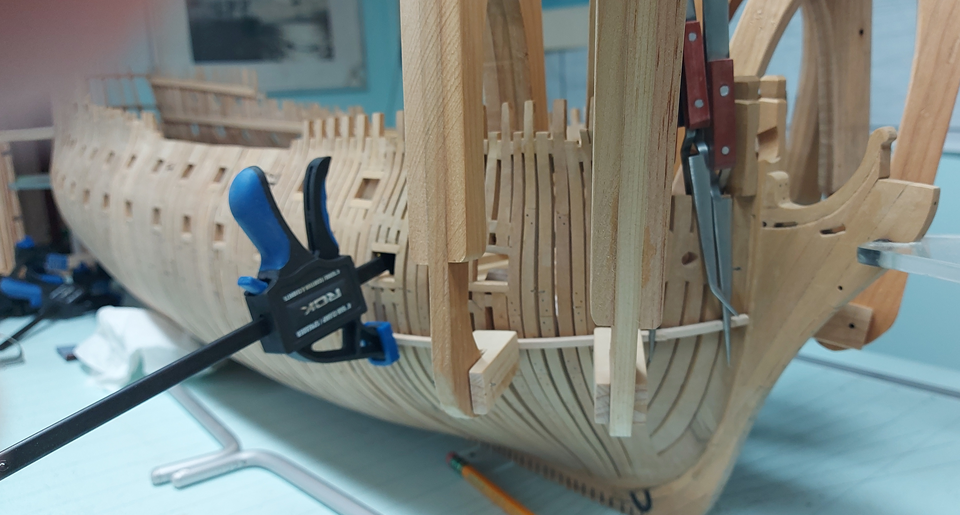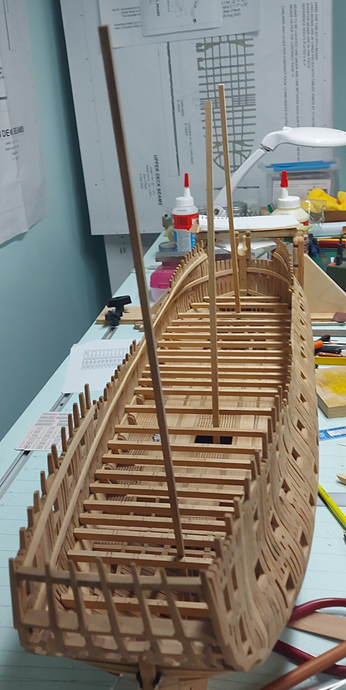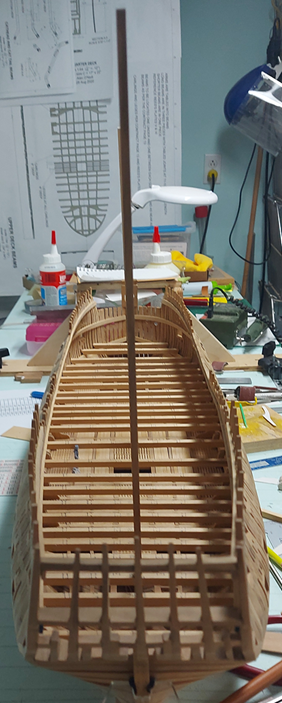-
Posts
2,838 -
Joined
-
Last visited
Content Type
Profiles
Forums
Gallery
Events
Everything posted by AON
-
Druxey Please accept my sincere apologies for not having responded in a timely manner. I have had a very busy few weeks. First I thought I was having a stroke, but after the better part of a day in Emergency I found it was Bell's Palsy caused by a virus and treated with some heavy duty drugs. The right side of my face was paralyzed and I could not close my right eye so it needed to be taped shut to sleep at night. I still have not fully recovered, but my eye is fine and I do not dribble anymore when I have my tea. My lips feel normal but my tongue does not stick out mid face, still slight out to the right side. Then my wife caught a virus (head cold - likely from the hospital) and passed it on to me, so we've both been suffering from that. My throat is still a bit sore but my head is no longer foggy. She is much better also. I hope to be back in the shop later this week. I managed to get the first piece bent, fitted, and glued before everything mentioned above happened. I figured out how to manage the others (a two stage bending process) but have had no progress since. Laminating might have been a solution, but I'll stick to full thickness for now. Keep this idea in my back pocket! Alan
-
I started with the lower most forward piece. Marked off the chamfer to fit to the stem post on both port and starboard pieces. Shaped the first one.... pretty good. Shaped the second one... darn it, I did the inside rather than the outside. Made a new piece and did it correctly. Tried to bend them with a new 30W large round head bender... wouldn't work. Tried wetting it and then bending with the new tool... still wouldn't work. My guess is 30W is inadequate heat for the thickness of the part. I soaked them in boiling water and clamped them onto the frames. I'll use my soldering iron barrel tomorrow to put that little bit more bend to them to seat properly. A member of our club gifted me a Areopiccola bending head but it doesn't fit my irons. The irons have a small threaded hole The Areopiccola head is 10mm diameter and split to slide into a barrel with a 10mm hole. I need to find a soldering iron that will accommodate it. With adequate heat it should work.
-
After getting through a multitude of terribly sunny, warm and blue sky days where I just had to force myself to sit out on the back patio, then having yet another health issue I am dealing with, I finally got down to the shop today. I have my lower guides spot glued and clamped so I’ll be ready to go. I have all but one of the main wale pieces dry fitted on the bench. The one piece needs to be remade. It is not perfect, but I am aware of my capabilities/limitations and can recognize when my “good enough” has been reached. Now to get that last set remade and start getting them on the model!
-
Sitting at my computer, watching yet another wonderful video with my darling wife of very nearly 50 years seated at her computer to my left... then came your comment about keeping your eraser handy to which we both chuckled! Thanks for that too.
- 1,098 replies
-
The proper name for the small boat cover or canvas tie down rope is ......... darn it, I forget!
-
Completed the main wale edition 3 layout with the slightly more complicated double hooks. In the first photo you can see the tools used. Not so obvious is the straight pin used to hold a point of the printed sheet so it could be spun a little to help make it all follow the curve of the wales. I have a flexible curve from my pencil and paper drafting days, works better in this instance than my French curves to make a long gentle curved line. I copied (traced) my original boundaries (taken off the model and onto tracing paper) onto a new fresh set of overlapping tracing sheets. I slide the printed layout of the wales under the blank sheets and went to work with a 2H pencil. You can see the results in the second sheet. On the third photo is the bow layout. Now I have a dilemma. Do I head downstairs to the basement and start cutting and sanding to thickness new stock, and start tracing, cutting and sanding new pieces... or do I spend the last few sunny days of post summer (fall) outside. Tough one!
-
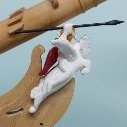
Leon by Doug McKenzie - 1:300 - BOTTLE
AON replied to Doug McKenzie's topic in - Build logs for subjects built 1851 - 1900
holy sh.....izam, that looks complicated! If you could figure that out I don't think you need any luck. 😉 -
The Berwick stem main wales length ratios are somewhat similar to what I had but they show a hook in the shortest piece... no straight runs. The Berwick stern shows the bottom most piece being quite long. Queen Charlotte stem are longer straighter runs, and the stern bottom most piece is short. Could they be more opposite? The double hook shape is growing on me. The longer pieces translate to fewer to make and possibly fewer errors(?). The straight runs at the stem and stern help with fitting and are a cleaner finish at both ends. above - Berwick stem above - Berwick stern above - QC stem above - QC stern Back to the drawing board... I mean computer program!
-
Druxey I have one reference that states 14 feet long, and yet another reads 20 feet. The contract doesn't mention a length. Where does 24 feet come from? I have one reference that shows a single hook (simpler so I was going with that) but steels shows double hooks, as does the image of the Bellona. I have a feeling my scrap bin is about to grow bigger. If I have to lay it out again, at 24 foot length, and I've already practiced with one hook, I might as well dive in and do the double hook. Oh, and I tried to search the RMG web site and search 'planking expansion' for examples. This is what I got... Alan
-
Well that was a lot of fun (he says sarcastically). After a longer stare at photos and getting some priceless advice from David, I've reworked my layout of the main wales to have long straight runs at the stem post and stern. The hook on all my two lower runs was backwards so they need to be remade. I've separated the "good" from the "bad" and am re-tracing the "need to remake" pieces now. I'm going to need more wood prepared for this. So many lessons to learn! Here is the new pattern. The earlier version has been removed so no one else needs to follow that path of horrors. (***All: I had images here but deleted them as I will be laying it all out all over again per post 1771)
-
Thanks Druxey. Reviewing the damage report. I suppose that is what the eraser on the end of the pencil might be for! Luckily I was distracted dealing with a call centre this afternoon regarding a cancelled points card due to "non-usage" even though I had a receipt from last week with an accumulated points update report on it. They surely don't like to veer from the prepared script. It was like pushing a rope up hill. I did eventually get my card resuscitated and the points reinstated. I didn't get downstairs to glue any pieces on. Indeed, God works in mysterious ways!
-
It has been a couple weeks... I cut all the jigsaw pieces and then fitted them together on top of the plan I made. It required considerable fiddley adjustments to all pieces... sort of akin to chasing your own tail. Here is a photo of a group I was working on... right side goes against the stem post. Then I had to decide where to start. David Antscherl suggested starting at dead centre in his four volume series The Fully Framed Model (aka TFFM). I was concerned that if I was off a bit I'd not have adequate length to reach the stem post. So I've decided to start at the stem post and work back. While dry fitting to the stem post I noticed the thickness of the wales was an issue. Then I read in TFFM that they need to be tapered to fit to the stem post. I tried steaming the forward most lower piece to bend it. Then I tried soaking in boiling water. In each case I couldn't quite get the curve quite right due to spring back... and the wait for it to dry adequately was unsettling. In the end I decided to use my soldering/wood burning pen to dry bend it. It has a round bar like shaft extension that heats up. The nibs screw into it but I left them off and used the bar alone. No spring back, and results are instantaneous. David suggested I install a guide strip of wood at the bottom to help keep the bottom row aligned at the proper elevation. So after some hesitation... I mean, thinking things through, I began installing the guide strip from the stem post and back on both sides (port and starboard). A short piece for now with a few dabs of glue and a number of clamps. I'm ready to begin. I'll post after I have a few installed and see how well I've managed to do. Why is beginning something you've never done before so difficult? It's not like I'm going on my first date here. I've learnt to chuck my fair share of first, second, and third tries. Oh well...
-
The finish is looking pretty darned good! Well done. The next project is a good looking tug. Let me know when you start the build log as I would like to follow along on your journey.
- 69 replies
-
- Miss Adventure
- Model Shipways
-
(and 2 more)
Tagged with:
-
Almost back to where I was before I tore out the orlop and gun deck. Gun deck beams cut, edges softened (sanded), tacked in place, marked for carlings. Centre alignment double checked with some square stock set in the three mast steps. This was eye balled from the transom to the bow. Looks acceptable. I also double checked the deck height with a 32 Pdr and my 4" thick deck planks will need to be slightly thicker... which is better than thinner I suppose. The height between decks looks good with 3D figures. I plan to have at least this fiddler (me) on the orlop with his seaman's chest. I also have my wales traced onto the black walnut ready to be cut out. I numbered the pieces so hopefully I don't get mixed up.
-
Thanks. The neat thing is the back is glass so I can take it down and look at the other side as well.
-
I took the Admiralty workshop offered by David years ago and it turned out wonderfully! I have it framed and hanging in my workshop as a reminder of a weekend well spent.
About us
Modelshipworld - Advancing Ship Modeling through Research
SSL Secured
Your security is important for us so this Website is SSL-Secured
NRG Mailing Address
Nautical Research Guild
237 South Lincoln Street
Westmont IL, 60559-1917
Model Ship World ® and the MSW logo are Registered Trademarks, and belong to the Nautical Research Guild (United States Patent and Trademark Office: No. 6,929,264 & No. 6,929,274, registered Dec. 20, 2022)
Helpful Links
About the NRG
If you enjoy building ship models that are historically accurate as well as beautiful, then The Nautical Research Guild (NRG) is just right for you.
The Guild is a non-profit educational organization whose mission is to “Advance Ship Modeling Through Research”. We provide support to our members in their efforts to raise the quality of their model ships.
The Nautical Research Guild has published our world-renowned quarterly magazine, The Nautical Research Journal, since 1955. The pages of the Journal are full of articles by accomplished ship modelers who show you how they create those exquisite details on their models, and by maritime historians who show you the correct details to build. The Journal is available in both print and digital editions. Go to the NRG web site (www.thenrg.org) to download a complimentary digital copy of the Journal. The NRG also publishes plan sets, books and compilations of back issues of the Journal and the former Ships in Scale and Model Ship Builder magazines.



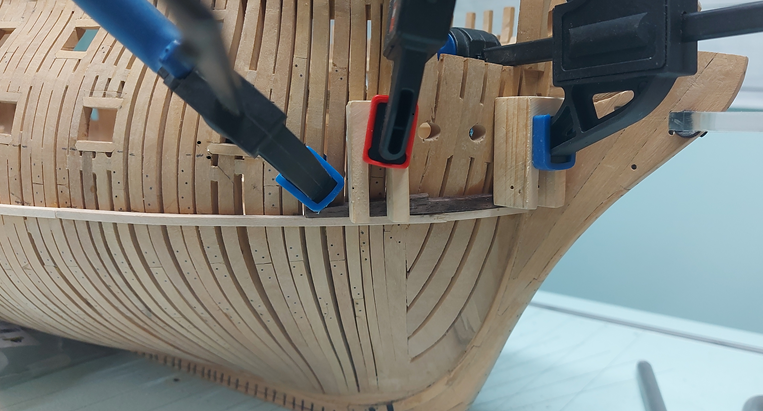





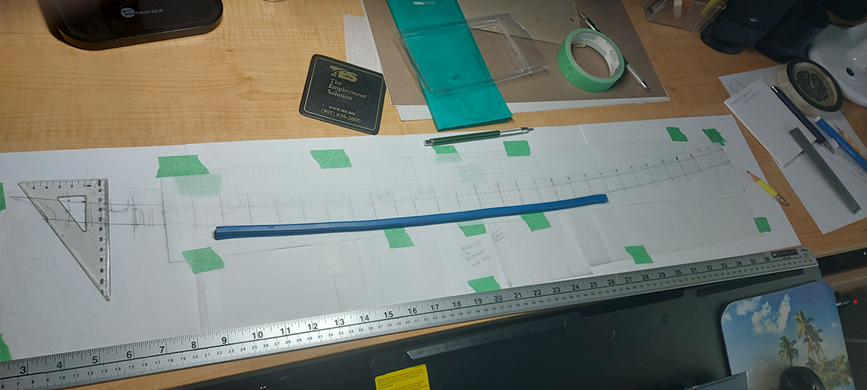
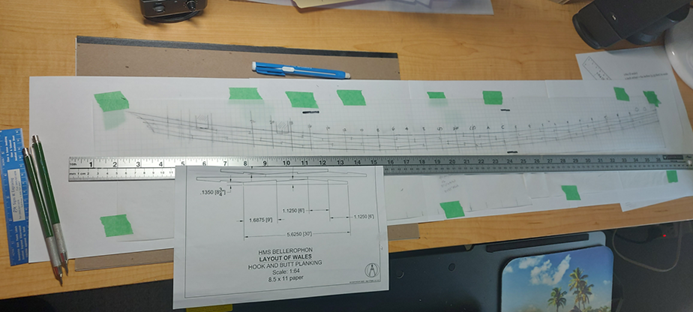
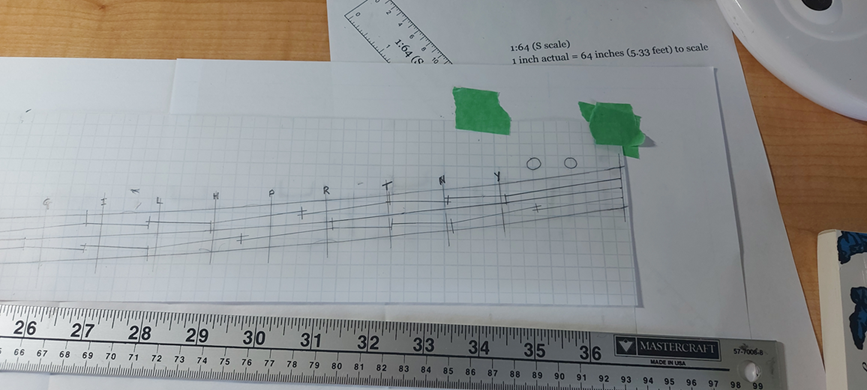
.png.3a1a42b2497aca8f265464e3ad967823.png)
.png.26e6da293bbffcaec3017de888fb414c.png)
.png.2ed364bb652ba3b0c25ae37666391bad.png)
.png.743590ae1e91f7e8d06a3b80e3c04484.png)


